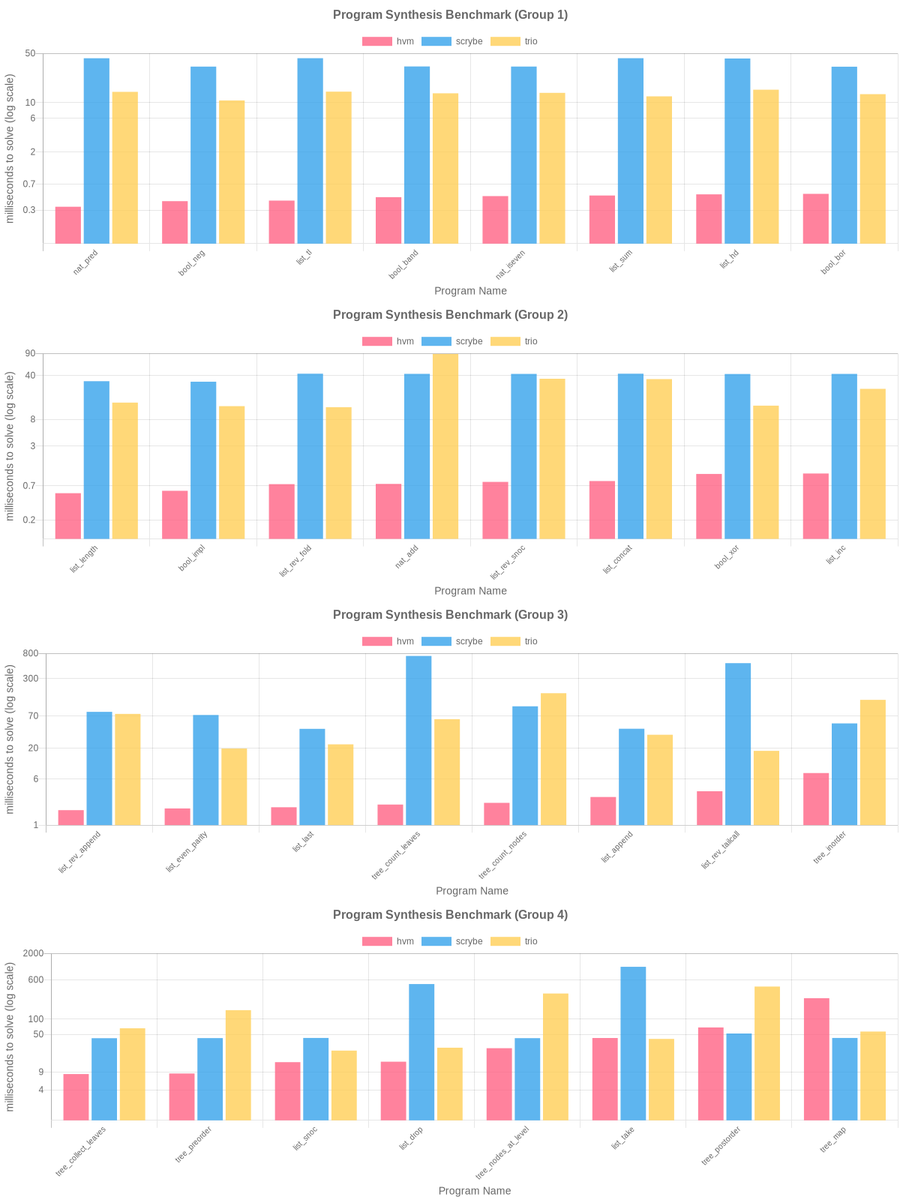
Higher Order Company
@higherordercomp
Getting to the very core of what makes computers capable of reasoning.
discord.gg/higherorderco
ID: 1620416072825409536
http://higherorderco.com 31-01-2023 13:38:00
70 Tweet
7,7K Followers
0 Following


















AGI is reached when the capability gap between humans and computers is zero ARC Prize Foundation measures this to inspire progress Today we preview the unbeaten ARC-AGI-2 + open public donations to fund ARC-AGI-3 TY Schmidt Sciences (Eric Schmidt) for $50k to kick us off!





